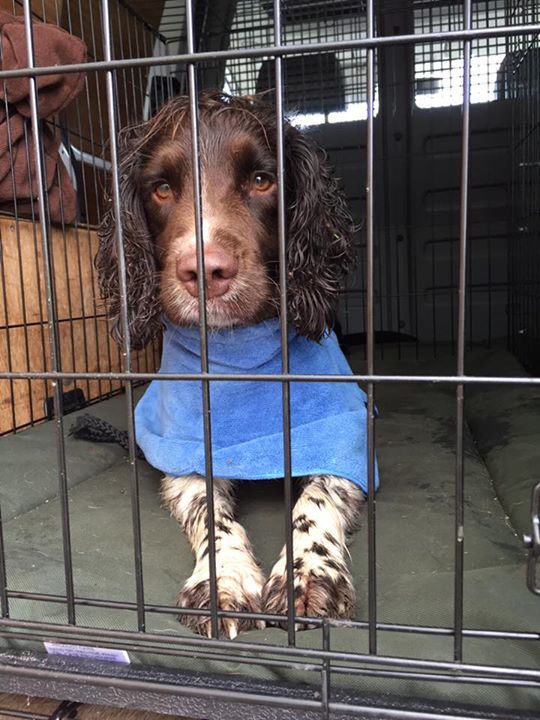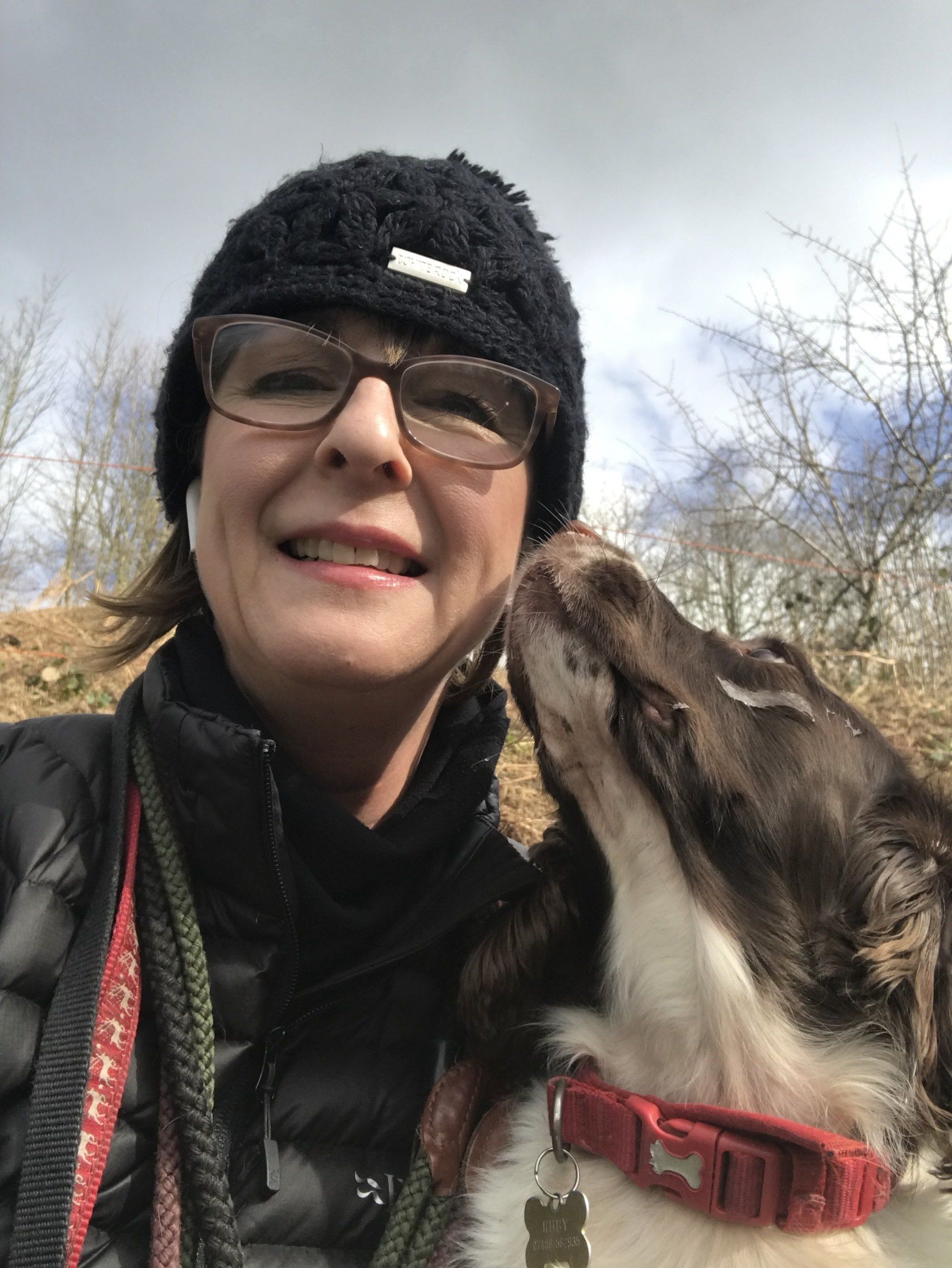Muttley Matters
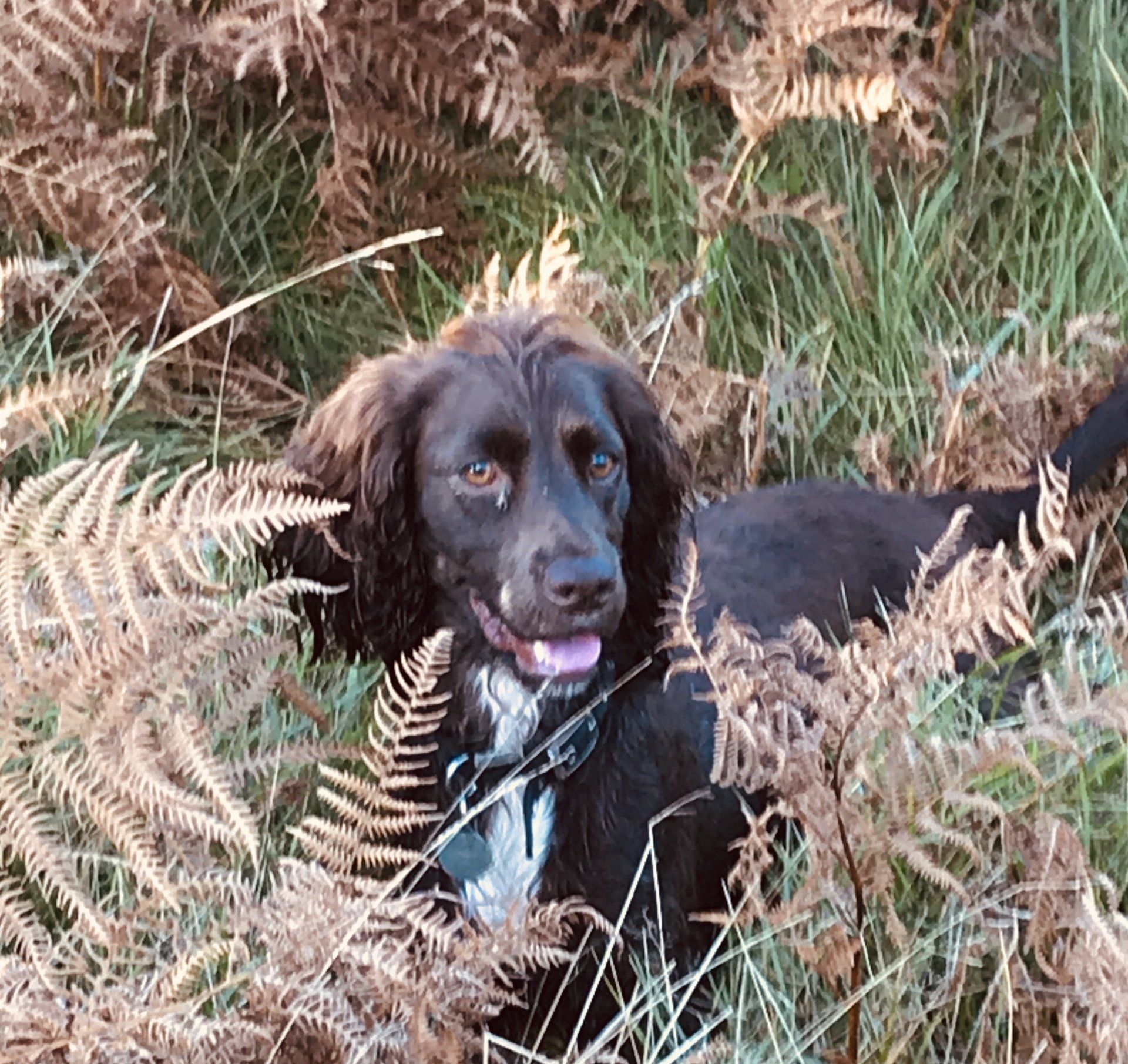
The world of dog psychology and behaviour is not reserved for those who make a living advising owners of ‘problem dogs’. It should not be limited to television shows such as ‘The Dog Whisperer’, ‘It’s Me Or The Dog’ or ‘Dog Borstal’. It is the duty of every dog owner to learn the basics of what makes their pet tick.
Devised by a practising Behaviourist for every day dog owners and anyone who works or has regular contact in a professional capacity with dogs i.e kennel assistants, dog sitters, groomers etc, the course is unique for many reasons, least of all being the first of its kind and the only dog behaviour diploma course to offer a ‘practical’ element. It is also the first course to study and consider both Positive Reward Training and its application in the human-dog relationship, and the more physical world of dog behaviour between dogs.
The course started with the history of dogs.
So what can we take from knowing the origin of our dogs? Well we know that it is a fact, however hard we try to genetically modify or engineer breed characteristic, size and shape, a huge part of the wolf will always remain an unalterable instinct.
Understanding what we can change in dogs, and what we have to work with is vital if we want to get to the bottom of certain behavioural problems.
In short, human intervention along with evolution has led to certain traits being improved on while other traits have been sacrificed. In changing dogs like this through breeding, we have altered not just how dogs look, but how they think.
The point then, is that the origin of nearly all breeds we have today, was a genetically diverse pot of mixed breeds. Had any of them diverged into a separate breed long ago, they would now have a distinct genetic makeup, setting them apart from other breeds. This is not the case.
It was with the establishment of breed clubs in the late nineteenth century that distinct breeds began to emerge.
In 1800, a British writer could list just fifteen specific breeds in Britain. By 1900 it was more than 60 breeds.
Today, there are more than 400 breeds around the world.
The course moves onto the genetics of a dogs mind.

It's important to keep your dog walking van clean inside as it can get very wet and smelly. I will share with you how I manage to achieve this. I use Scruffs noodle dry mats inside the crates, these absorb most of the muck and wet from the dogs each time they go in and out of the van. You can even use them to towel off really wet dogs and as they have high absorbency. I change these depending on how mucky the van gets but at least twice a week. These noodle mats sit on top of a waterproof padded dog bed which can be hosed off once a week. When the weather is particularly wet, or a dog rolls in something unsavoury and requires a shower before returning them home, I keep some Trixie dog robes in the van to put over them to dry off. It is also handy to keep some shampoo and/or wipes to wipe off any nasty smells like fox poo that dogs just love to coat themselves in. I also carry a portable Hozelock shower in my van and it is invaluable. You just have to make sure you refill it often, so that discovering it empty when you really want it, doesn't catch you out! Each week I take everything out of the crates and hoover and then spray down the floor and padded mats with a diluted Zoflora solution. You can get so many lovely sents to refresh your van. You just have to make sure it has dried fully before putting any dogs into your van. I hope these these simple methods help you keep a nice fresh sanitised van to drive around in!

Don’t underestimate the thrill dogs have when out in a group. It never ceases to amaze me the benefits of socialising dogs in groups. I take dogs on walks that owners have told me; their dog doesn’t get on with a particular breed but when you get them in a group situation they interact perfectly. I take dogs that owners tell me run off, I start their introduction to the walks on a lead, eventually letting them off and they stick to the group. The interaction is thrilling to watch, I get great pleasure from seeing dogs enjoying themselves. Shy dogs come to life, dogs that don’t like water start dipping their toe in. Puppies that would normally be shy of other dogs, because they start socialising young in groups, don’t have a fear of other dogs. As long as the group is a reasonable size, no more than six, each dog gets to shine. Get your dog group walking now the benefits are huge.
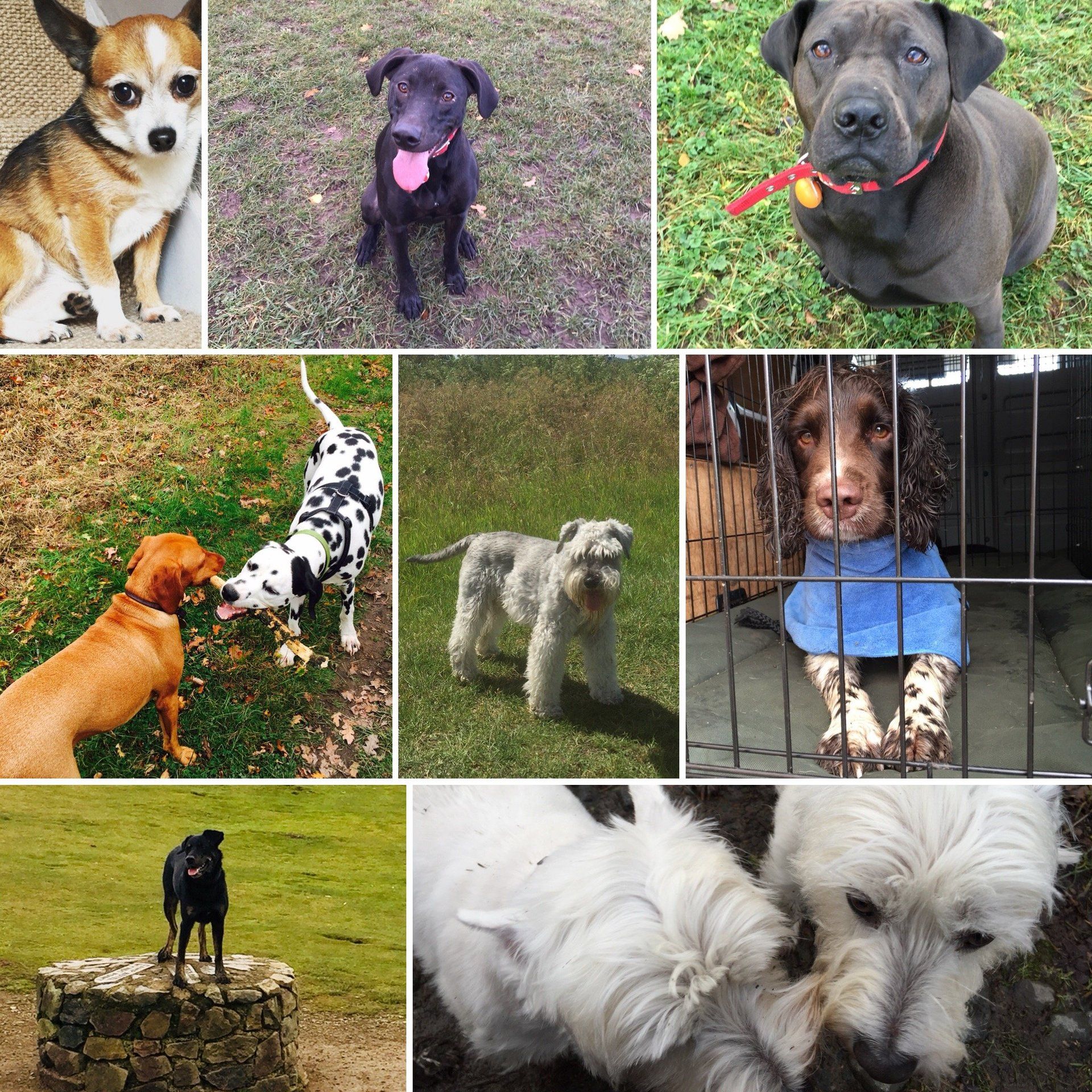
Yes, it’s been a year since I launched Muttley Matters Malvern. I can’t quite believe it! It was a career change for me, I love the outdoors and have my own dogs - in fact I’ve had dogs all my life - so what could be better than walking dogs for other people. What a year it’s been! I started in a very small way, just using my car to start with and then it became clear that I couldn’t actually fit enough dogs in. Well it was only a small run around, never mind the deep clean that was required to return it to anything that resembled a family car!! So I ‘bit the bullet’ and purchased a small van. What a wise investment it was too, as work started to come in thick and fast. I had it sign written and my name soon started to get around. I kitted it out with crates, to transport all the dogs safely, and bedding, including my vital dog shower that I will tell you all about later.
I soon discovered that there is some vital equipment you need as a dog walker:
Waterproofs: anything I had before that I thought was waterproof leaked like a sieve.
Wellingtons: I discovered a fabulous make called Muck Boots. They are ergonomic and waterproof and enable me to walk miles.
Walking Boots: tricky to get right but I have been wearing my boots for years and they have clocked up some miles, you can’t beat a faithful pair of walking boots.
A ruck sack to carry all your kit in.
A treat pouch to carry the liver I cook for treats.
A Dicky bag: yes you might wonder what this is, well it’s a neoprene bag that will clip onto your belt/rucksack to carry dog poo in, wrapped in a poo bag first of course, until you reach the next bin to dispose of it.
Leads: I use various leads depending on what the dog is used to being walked on. Some of the easiest are slip leads as they are quick and easy to put on and off.
Bathrobes: these are fantastic to use when you return from the walk and the dogs are wet and mucky. You just pop them over their heads and they soon dry and keep warm.
Porta Shower: one of the best investments I made, especially when you walk some dogs that just love to get mucky. I walk a springer spaniel that just loves to lie in a puddle of filthy water; I use this to shower them down and then put the bathrobe on afterwards to dry off returning them home nice and clean.
First Aid Kit: I haven’t had to use it yet but having completed a First Aid course, I could see that it was something that would give me peace of mind should anything untoward happen.
Well that was me kitted out and ready to begin walking some lovely dogs. I have met and walked some truly wonderful dogs. It is just fascinating to discover their little or big characters. They always start off a little bit reserved and then on about their second walk they start to realise that they get to have fun with me and other dogs. They find their confidence and their voice! It’s amazing how dogs behave in a group situation, they stick together and there isn’t anything more interesting to them than running around with their pals apart from the odd squirrel - but let’s face it - a squirrel always ends up in a tree, then they turn and look at me, as if I can help catch it!
I walk all kinds of dogs big and small, from a Dalmatian to a West Highland Terrier. I take them on an adventure, interesting varied walks, with lots of new sights and smells. What is great is that they all get on; mind you they are all friendly and sociable (vital in a group walk). I also visit dogs during the day, these are dogs that are walked by their owners but just need letting out to the toilet and have some much needed interaction to break up their day. And then there are puppy visits, they might be going through their inoculation period and are unable to walk with other dogs. Then I can move onto socialising them with other dogs.
The end of my first year and I love it. In fact I wish I had done it years ago, as I’d have been a lot younger!
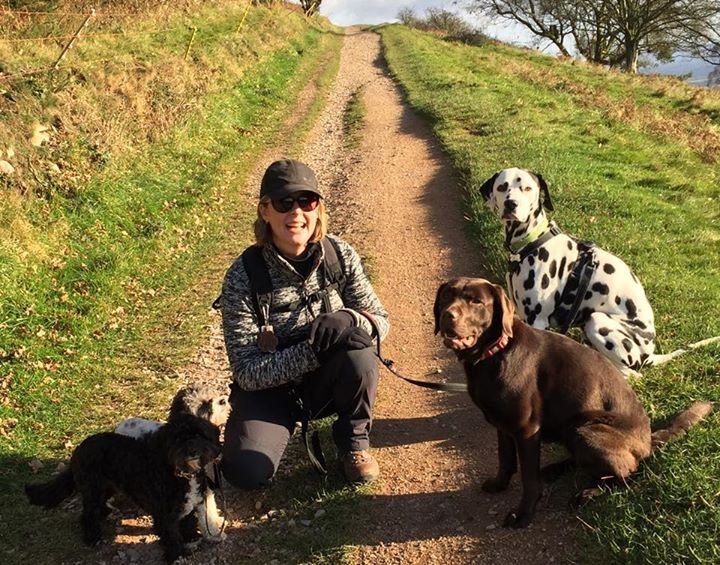
Socialisation means the learning process that a puppy must undergo in order to learn key life skills to ensure that it is happy and confident in its environment, and can communicate effectively within its social group. This involves having pleasant social interactions with adults, children, vets, adult dogs and other animals, as well as careful exposure to different situations in the environment like traffic, crowds, travelling in the car, vacuum cleaners and any sights and sounds it will have to cope with in life. It is so important that this is done when your puppy is still young and he is young enough to happily accept new things.
So choosing a dog walker, to walk your dog, can help massively, as your dog is likely to be walked in a group, meeting dogs they have never met before. They learn to interact successfully with each other. Even dogs that are older can benefit from this interaction. It has certainly helped with a dog that I am walking at the moment. He was very nervous but slowly over time, introducing him gradually to different dogs, he is now happy to walk with new dogs on each walk. This week he walked with three new dogs in addition to his regular companions. He coped beautifully and is getting over his anxieties.
